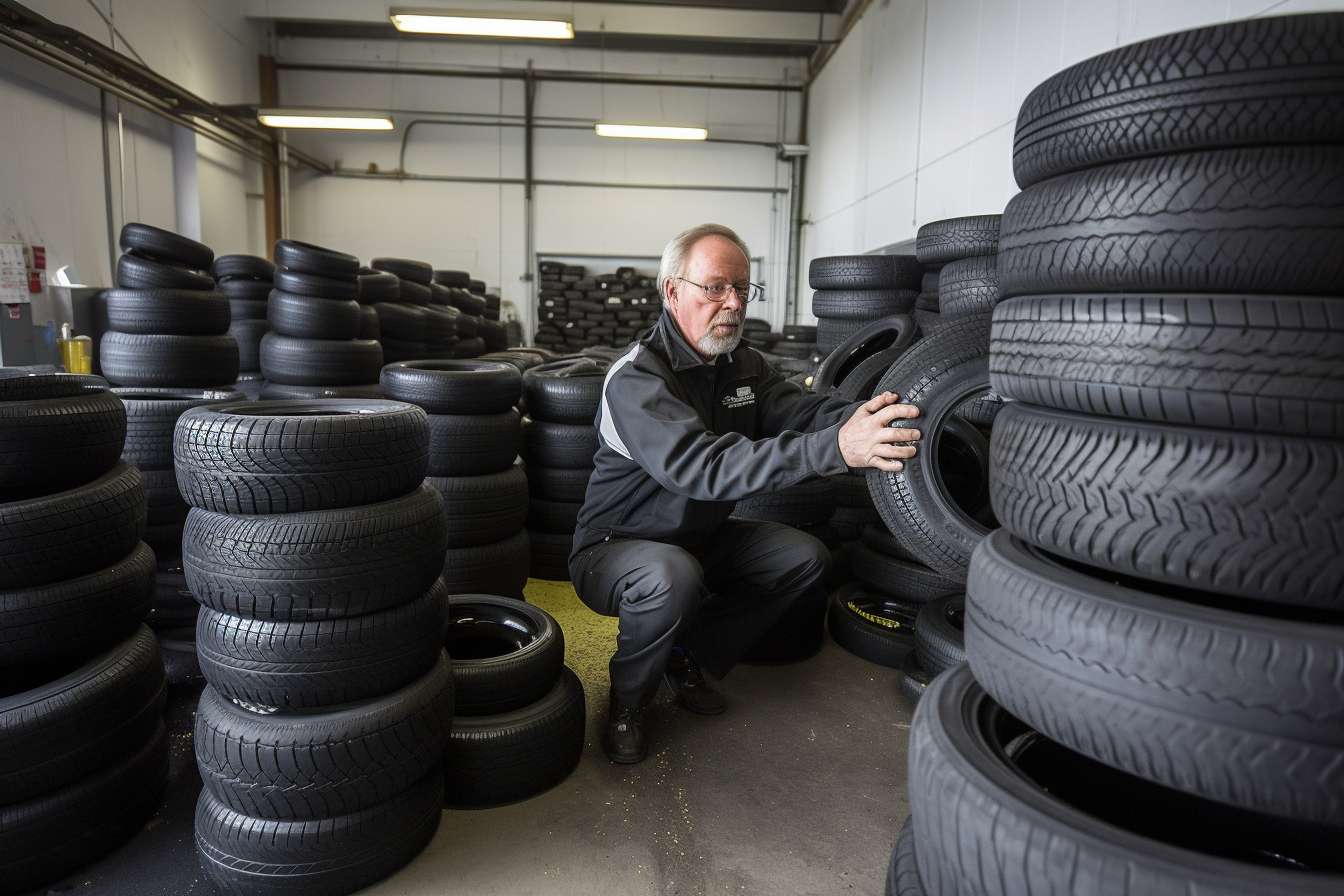Best Scrubber Brushes for Floor Scrubbers and Industrial Cleaning
A scrubber brush is a simple component with big impact: it scrubs, agitates, and helps remove soil, wax, and stains from hard floors. Whether you operate a ride-on floor scrubber or a compact walk-behind cleaning machine, choosing the right scrubber brush affects cleaning performance, machine longevity, and overall efficiency. This article explains types, compatibility, materials, and maintenance for optimal floor cleaning results.

How does a floor scrubber brush work?
A floor scrubber brush converts rotational motion from the machine into scrubbing action that loosens dirt and debris. Brushes press against the surface, while detergent and water emulsify grime; centrifugal and mechanical forces lift soil into the recovery system. Different diameters, bristle stiffness, and patterns change contact pressure and coverage. For example, stiff bristles are effective on rough concrete, whereas softer or flagged bristles are better for delicate finished floors. Matching brush speed and downforce with the cleaning machine’s settings ensures consistent results without damaging surfaces.
Which brush suits your cleaning machine?
Not all brushes fit every model—mount type (centerlock, ring-lock, disc, or pad driver), diameter, and shaft style vary across manufacturers. Check the cleaning machine’s manual for recommended brush types and mounting specifications. Some machines accept multiple brush sizes or twin cylindrical brushes for increased agitation. Consider productivity needs: larger brushes cover more area per pass, while smaller or segmented brushes allow greater maneuverability around obstacles. Always verify compatibility to avoid excessive wear or inefficient cleaning.
What matters for industrial cleaning brushes?
Industrial cleaning often involves heavy soils, frequent use, and demanding surfaces like warehouses, manufacturing floors, and loading docks. Key considerations include bristle material (nylon, polypropylene, tampico, or metal), brush stiffness, and chemical resistance. Nylon resists abrasion and many detergents, while polypropylene handles harsher chemicals and is moisture-resistant. Metal or abrasive-embedded brushes are reserved for heavy-scale stripping or concrete preparation and should be used carefully to avoid surface damage. Durability and ease of replacement are crucial in industrial settings to minimize downtime.
How to improve floor cleaning results with brushes?
Proper technique and maintenance improve cleaning outcomes. Start with the correct brush type and ensure even downforce across the head. For stubborn stains, use brushes with higher agitation or pair scrubbing with a suitable detergent and dwell time. Rotate brushes regularly to ensure even wear and inspect for clogged bristles or embedded debris that reduces effectiveness. Regular cleaning of brushes after shifts prevents cross-contamination between areas and extends brush life. Finally, store brushes off the floor to retain bristle shape and avoid deformation.
Choosing janitorial equipment: brush materials and sizes
When selecting scrubber brushes as part of your janitorial equipment, focus on material, size, and cost-effectiveness. Common bristle materials include nylon for general-purpose cleaning, polypropylene for chemical resistance, tampico for absorbency and soft scrubbing, and natural fibers for delicate surfaces. Diameter and trim length determine contact area and pressure distribution—longer trims reach uneven surfaces but wear faster. For mixed-use facilities, keeping a small inventory of varied brush types lets you switch quickly between floor cleaning tasks, optimizing both results and operational efficiency.
Conclusion
Scrubber brushes are a small but essential part of any effective floor cleaning program. Choosing the right brush for your floor scrubber and cleaning machine depends on surface type, soil level, chemical use, and machine compatibility. Regular inspection, proper mounting, and routine maintenance extend brush life and improve cleaning outcomes, saving time and lowering long-term operating costs for both commercial and industrial cleaning operations.






